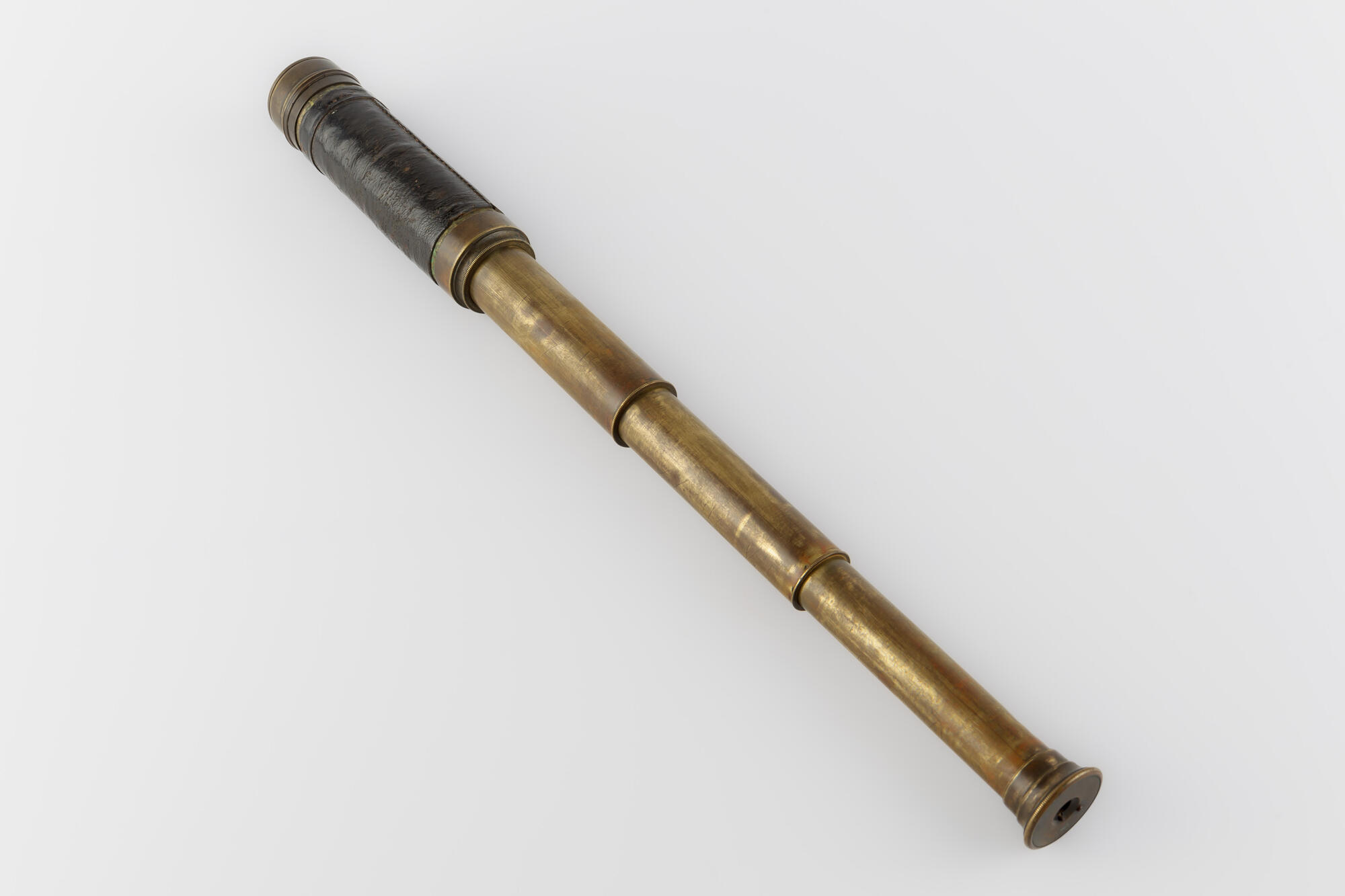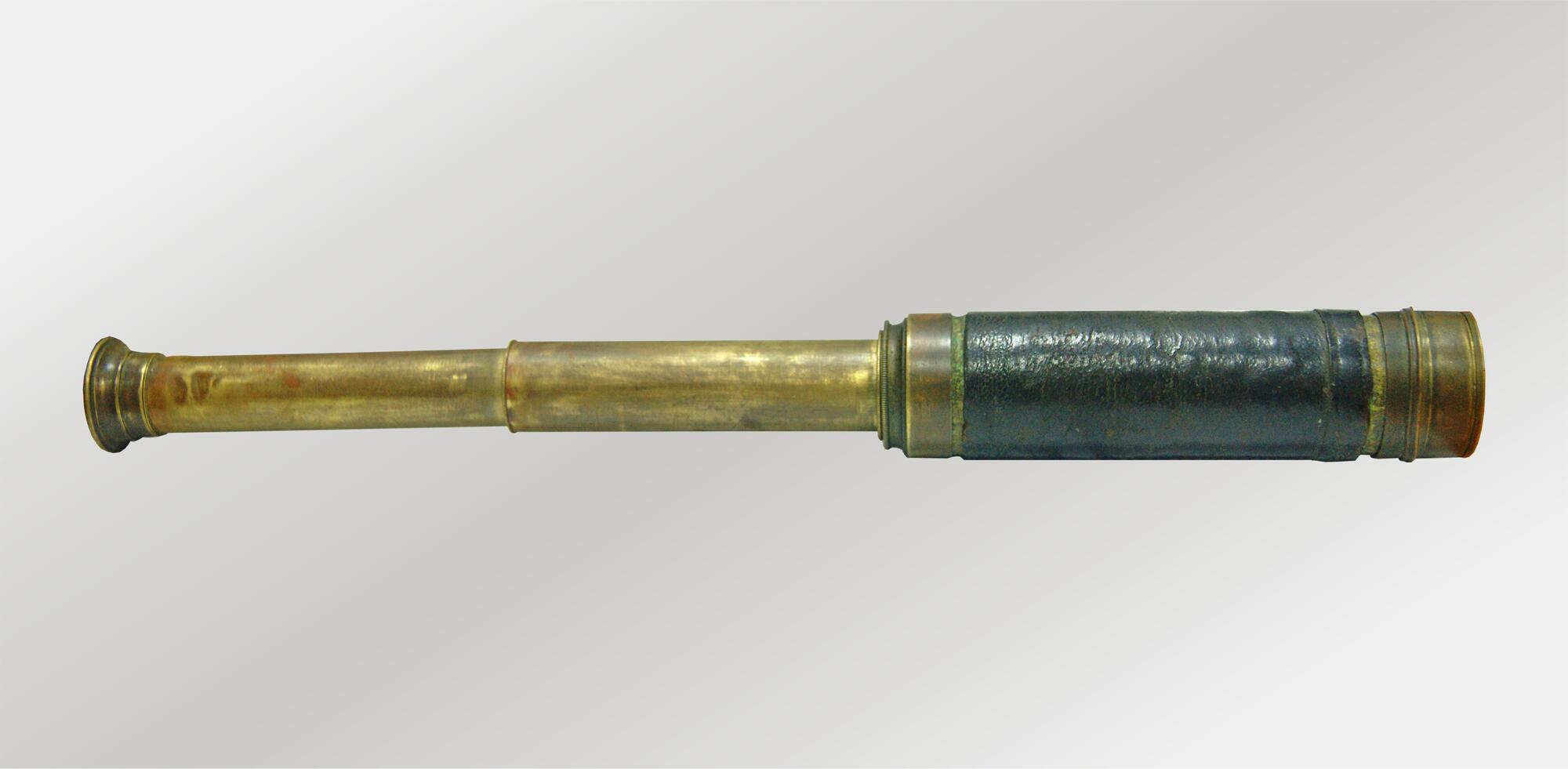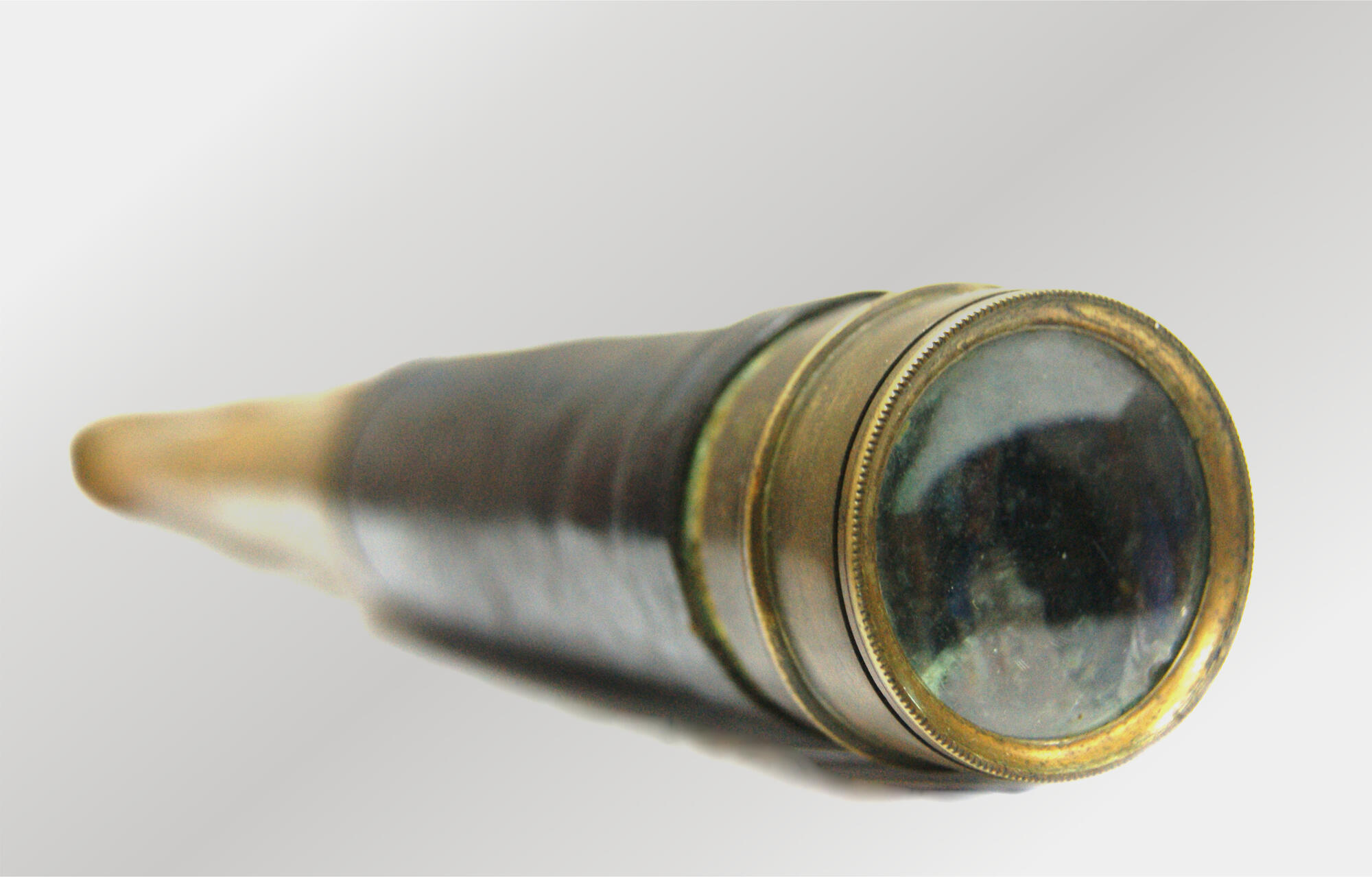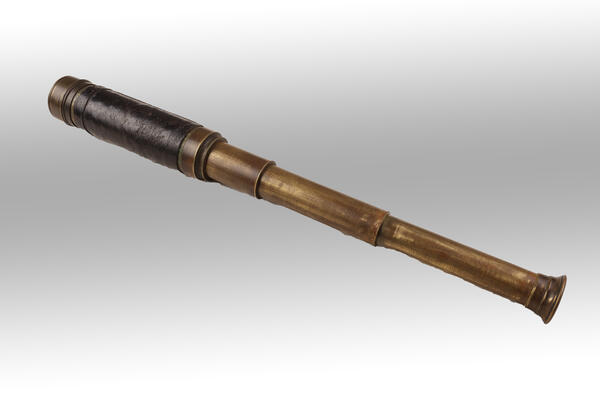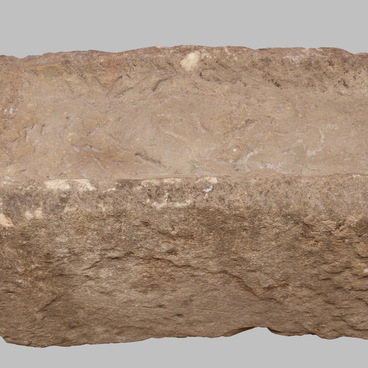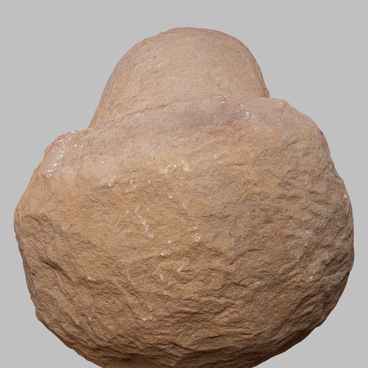One of the important attributes of travelers, commanders and sailors from the 12th to the 19th centuries was a telescope — an optical device for observing distant objects. It was used for stargazing, hunting, reconnaissance and landscape studies.
Since ancient times, inventors have tried to create a device that would help the human eye to see further. The properties of a container with water that bent rays and magnified objects were noticed in antiquity. In 1268, Roger Bacon, an English Franciscan friar, described a prototype of a telescope. The famous scientist Leonardo da Vinci managed to design a detailed scheme of a telescope with two lenses.
The famous Italian scientist Galileo Galilei designed a telescope and in 1624 launched its mass production. Almost simultaneously with Galileo, the German astronomer Johannes Kepler, in his 1611 book “Dioptrics”, proposed his own improved design of a telescope, which was called “Keplerian”. Unlike the Galilean telescope, Kepler’s optical instrument produced a much greater magnification due to two biconvex glasses, the first of which formed the image, and the second enlarged it. However, the disadvantage of the Keplerian telescope was that it produced an inverted image. Only in 1850, Ignazio Porro, an Italian optical engineer, came up with a system of prisms that re-oriented the inverted image and made the telescope shorter. In this system, a beam of light passed through the prisms and reflected from them four times. Telescopes are still being used and improved in our days.
The Keplerian telescope from the museum collection has a six-fold magnification. It is easy to store and transport the device, because it consists of four hollow tubes of different diameters, inserted one into the other, which helps to reduce the total length. To keep the optical device safe and to enhance convenience, the outer tube is sheathed in leather: this protects the case from dents and from slipping. The eyepiece of the tube is equipped with a latch to prevent damage to the lens. Inside the eyepiece tube, there is a relay lens system.
Since ancient times, inventors have tried to create a device that would help the human eye to see further. The properties of a container with water that bent rays and magnified objects were noticed in antiquity. In 1268, Roger Bacon, an English Franciscan friar, described a prototype of a telescope. The famous scientist Leonardo da Vinci managed to design a detailed scheme of a telescope with two lenses.
The famous Italian scientist Galileo Galilei designed a telescope and in 1624 launched its mass production. Almost simultaneously with Galileo, the German astronomer Johannes Kepler, in his 1611 book “Dioptrics”, proposed his own improved design of a telescope, which was called “Keplerian”. Unlike the Galilean telescope, Kepler’s optical instrument produced a much greater magnification due to two biconvex glasses, the first of which formed the image, and the second enlarged it. However, the disadvantage of the Keplerian telescope was that it produced an inverted image. Only in 1850, Ignazio Porro, an Italian optical engineer, came up with a system of prisms that re-oriented the inverted image and made the telescope shorter. In this system, a beam of light passed through the prisms and reflected from them four times. Telescopes are still being used and improved in our days.
The Keplerian telescope from the museum collection has a six-fold magnification. It is easy to store and transport the device, because it consists of four hollow tubes of different diameters, inserted one into the other, which helps to reduce the total length. To keep the optical device safe and to enhance convenience, the outer tube is sheathed in leather: this protects the case from dents and from slipping. The eyepiece of the tube is equipped with a latch to prevent damage to the lens. Inside the eyepiece tube, there is a relay lens system.
